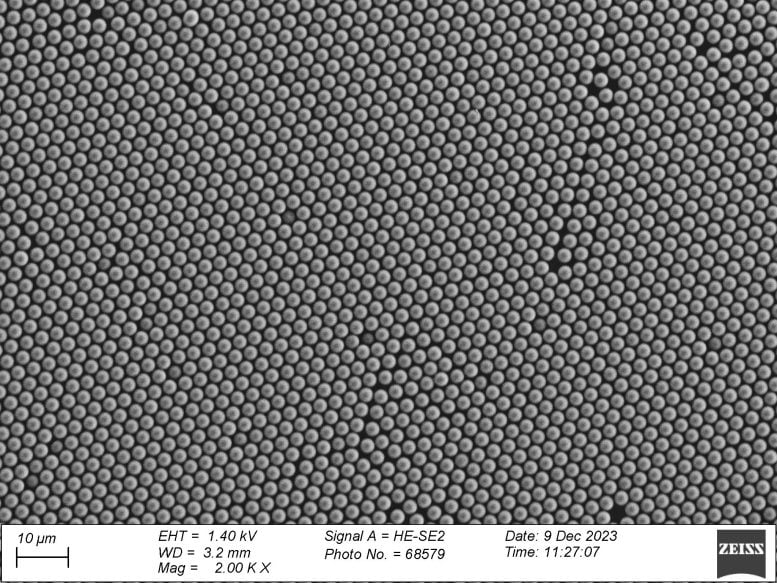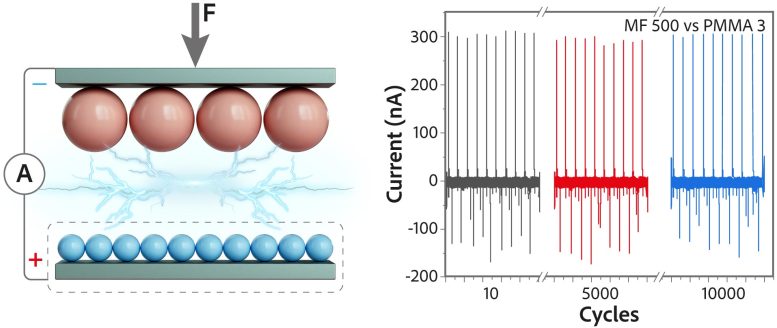
Imagine a world where your clothing generates electricity as you move—no batteries, no chargers, just energy from motion. Researchers have found that tiny beads rubbing together can efficiently produce electricity, opening doors for self-powered wearables and sustainable devices.
The key lies in choosing the right materials: melamine-formaldehyde beads, for instance, transfer charge more effectively. While this discovery paves the way for revolutionary applications, challenges remain in making the technology reliable and scalable. Scientists are now working to refine materials and processes to bring friction-powered energy solutions into everyday life.
Harnessing Electricity from Friction
Triboelectric nanogenerators (TENGs) produce electricity by harnessing friction between different materials. This happens when two distinct surfaces move against each other. Recent research shows that when a surface covered with small, closely packed beads contacts another surface with the same beads, some beads develop a positive charge while others become negatively charged. The more efficiently these charges transfer, the more electricity is generated.
Experiments with different bead types reveal that both size and material significantly impact charge behavior. Larger beads tend to acquire a negative charge, while smaller ones are more likely to become positively charged. Melamine-formaldehyde (MF) beads produce the most notable effect because their low elasticity helps retain and transfer electric charge more effectively. Using beads also offers a cost-efficient alternative to expensive components typically used to boost TENG performance. Additionally, the dry fabrication process makes this approach more environmentally friendly by removing the need for solvents.

A Step Toward Self-Powered Technology
These advancements in triboelectrification could lead to new self-powered technologies that don’t rely on batteries or traditional power sources. Smart clothing that generates energy from movement and small devices that charge themselves are becoming more feasible. Wearable technology and sustainable energy solutions stand to gain the most from these innovations.
Dr. Ignaas Jimidar of VUB and lead author of the study explains: “Our research shows that small changes in material selection can lead to significant improvements in energy generation efficiency. This opens up new possibilities for triboelectric nanogenerators in everyday life, without reliance on traditional energy sources.”

Overcoming Challenges for Real-World Use
Despite promising results, further steps are necessary to integrate this technology into real-world products. Improvements in efficiency and reliability will be key to enabling large-scale applications. Research into materials and structures continues to reveal new opportunities for energy generation and use.
Reference: “Granular Interfaces in TENGs: The Role of Close-Packed Polymer Bead Monolayers for Energy Harvesters” by Ignaas S. M. Jimidar, Kaspars Mālnieks, Kai Sotthewes, Peter C. Sherrell and Andris Šutka, 5 February 2025, Small.
DOI: 10.1002/smll.202410155
